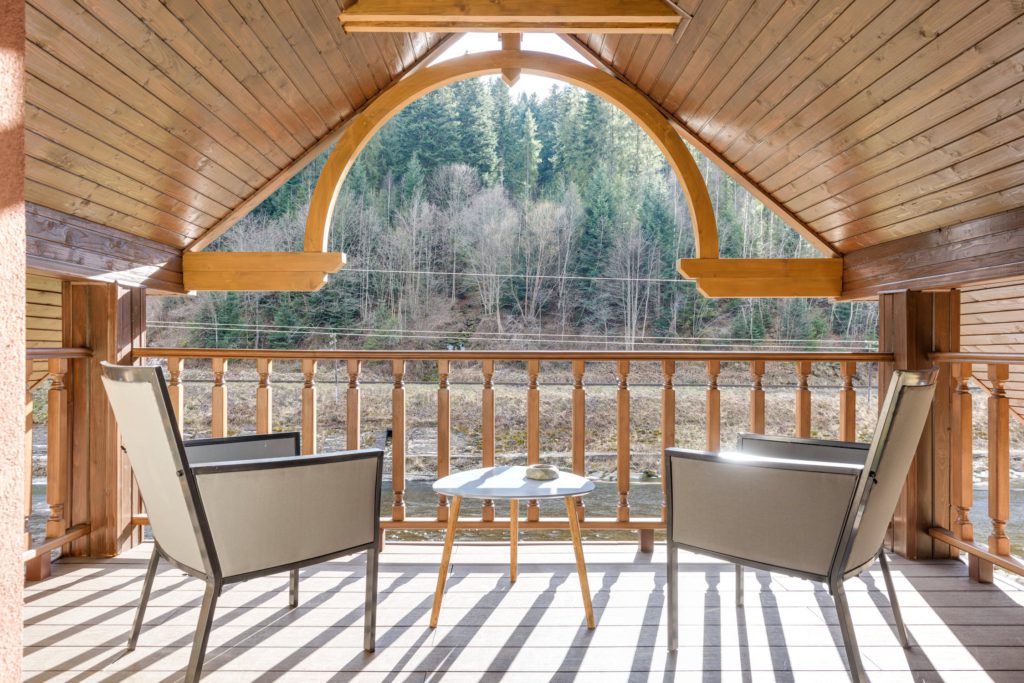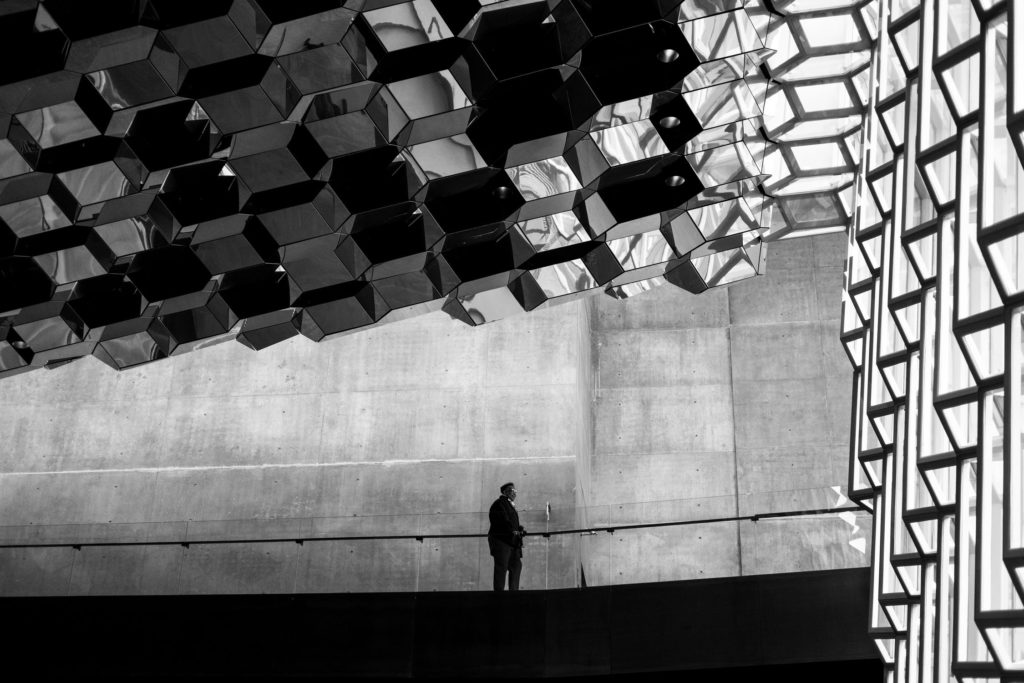There are a few architectural trends that stand the test of time
The trends in architecture continue to change.
Sometimes it is due to a new innovation or a new building material. Often it is a style harking back to a generation before but with a modern adaptation.
There are, however, some architectural trends that continue to stay stylish and on trend.
Changing trends in architectural style
There have been many changes in architectural style throughout the ages.
From the Victorian era onwards through to Modernism, the Bauhaus and International styles to Post Modernism and Structural Expressionism, there has been a wealth of different approaches to architecture.
There is the famous idea of the golden ratio can be seen in everything from the Parthenon in Greece to the Taj Mahal in India, the Eiffel Tower in Paris, London’s National Gallery and the Sydney Opera House.
Modern versions of the office building, public structures and the suburban home all contain elements of architectural trends from bygone eras with a contemporary twist.
Often there is a theme which permeates from the external design through to the interior features.
In more recent times, there has been a focus on designs that avoid the brashness of a set style and rather meld different stylistic elements into a collective theme.
The architectural move in materials
The change in building materials has seen the renaissance in a variety of resources. Some were used in the late 1800’s, whereas other material is recycled which means no initial fabrication cost.
The list of materials includes a variety of sustainable trendsetting options:
- Pre-cast concrete slabs
- Recycled metal
- Reclaimed wood
- Mud brick
- Cork
- Bamboo
- Hay and straw bales
- The latest in biopolymers
The look and feel of different materials is integral to the architectural design aspect.
With the different trends in building resources comes varying styles in each of the design facets. The attention is more on using materials that can be adapted for different purposes rather than one dimensional use.
Modern materials are their adaptability
Modern materials are often chosen because they can be utilised for multidimensional uses.
As an example, aluminium battens have a multipurpose in that they offer clean lines and a textured symmetry while acting as a feature for either the exterior and interior or indeed both.
Feature walls, fencing, screening or even pergolas can be created with quality battens. You can quickly see why designers have fallen in love with the world of possibilities that battens afford.
With the variety in sizing, colours and various protective coatings, there are many distinct advantages over the traditional timber counterparts. When you are dealing with a quality batten, the positives include:
- Resistance to cracking, splitting or warping
- The concealed fixings make the most of the clean lines
- There is an array of colours, shades and timber finishes
- These are a low maintenance option
- Offering a long lasting and stylish look
With these features, aluminium becomes an eco-friendly alternative to a number of other materials.
There is also the advantage of utilising architectural cladding.
What once was a practical solution for protecting the structure of a building saw changes in its application to include noise reduction, insulation and then adaptions as a stylistic addition to the design.
A utilitarian looking structure could be given a ‘make over’ with cladding of an architectural styling that brought an aesthetic appeal along with the benefits of structural protection.
Many modern architectural works have utilised cladding as an eye-catching feature whilst showcasing the different elements of the structural design.
Over the last few years, there has been a crackdown on what is used in cladding and outdoor façades to avoid the safety risks exposed by using flammable materials.
There is no need for dangerous material to be used no matter what the design of a building.
Of all the many and varied trends in architectural style there is no getting around the fact that sustainability is a key ingredient.
It is virtually impossible to create a space without considering the environmental impact on the design and the materials used.
Could one of the answers be in Mother Nature?
Natural timber
Natural woods and timbers have never gone out of style.
Whilst there have been changes to the look and presentation of natural timber, there has always been an architectural yearning for the qualities only timber can provide.
The emphasis of recent years has been on sourcing sustainable options in the timber itself and how to make the most of its qualities for longer.

This includes the framework of a building or home, the flooring and cabinetry as well as outdoor constructions such as pergolas and decking.
Whatever the outdoor structure, protecting it and giving it the longest life possible is important. Coating it in a quality product is paramount. For example, applying an ultradeck timber oil or ultradeck timber stain which lasts longer than traditional versions is part of a growing trend to use methods and products that weather the elements best.
By not having to continually use protective coating, there is less wear and tear on the structure and less impact on the environment.
Is there a new part for humans to play in sustainability and design?
Humans as the centrepiece in design
There is an interesting architectural trend where the design is human centred.
The philosophical idea is to put human beings in the centre of the design with the hope to promote and heighten positive interactions between humans and the buildings they will use.
This movement is now being taken from what was primarily civic buildings and has been adopted in residential living through to homes for the elderly.
Another connection is bringing humans back to natural elements in the architectural design of interiors.
Flowing spaces which utilise the available space and natural light have become a growing trend.
The move coincides with the focus on being as environmentally friendly as possible in the design and materials used.
The eco-friendly architectural movement
There has arguably been no greater shift in modern architectural trends than the need to be eco-friendly.
This has led to re-examining the design and layout of almost any structure. There is now a strict adherence to using the most environmentally sustainable design and materials in everything from the building resources to the smallest fixture or furnishing.
Factoring in the movement of air, light and the sustainability of power and other utilities is considered crucial.
Then comes the development to follow the ‘less is more’ doctrine in both design and furnishing.
The eco-friendly materials join and complement one another in a sensory connection. The overall design brings a practical solution to the environmental impact whilst creating a building with enduring style.
The ongoing architectural trends will see us enrich lives around the world without it being at the expense of the planet itself. That is something that will never go out of style.
